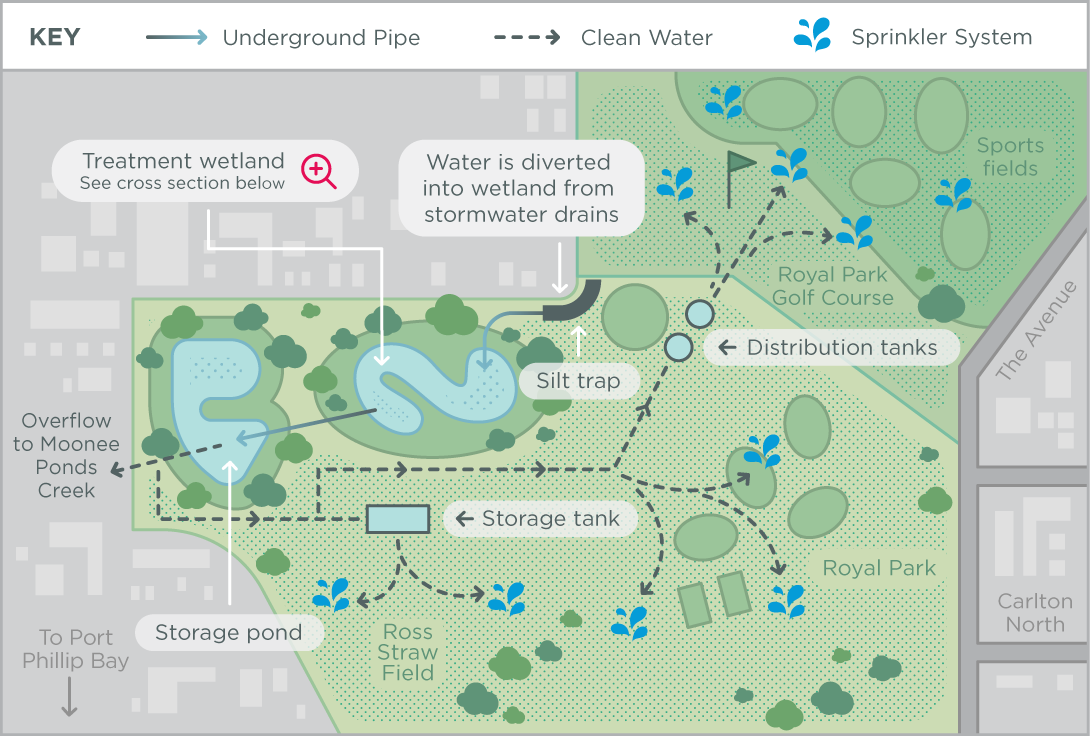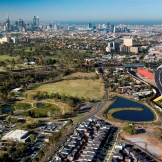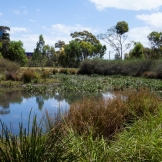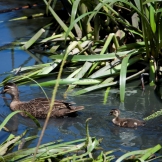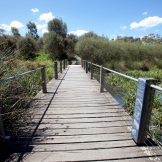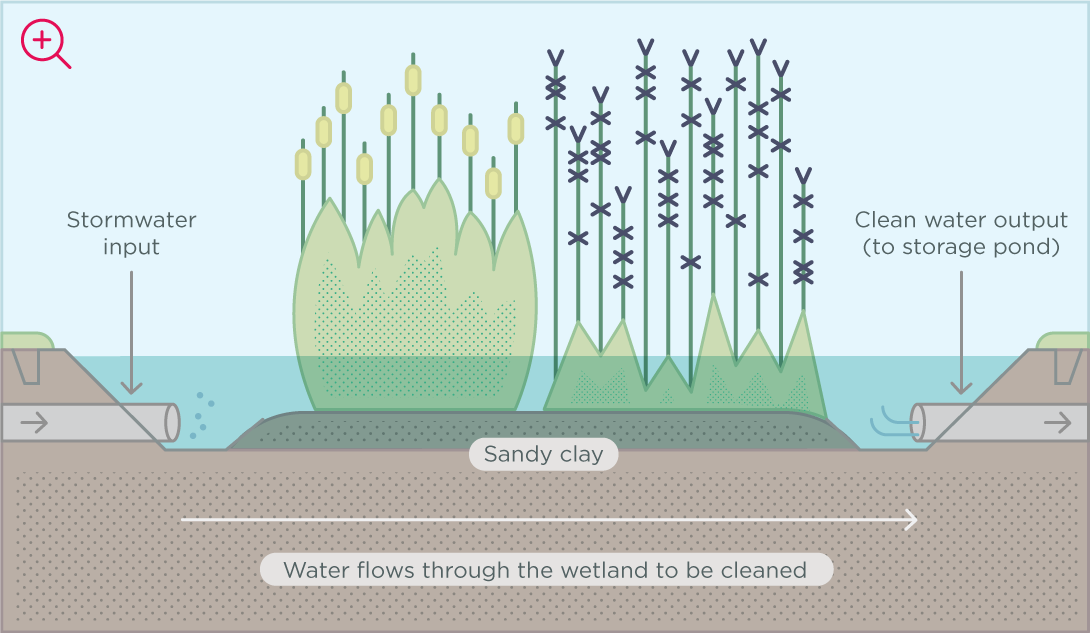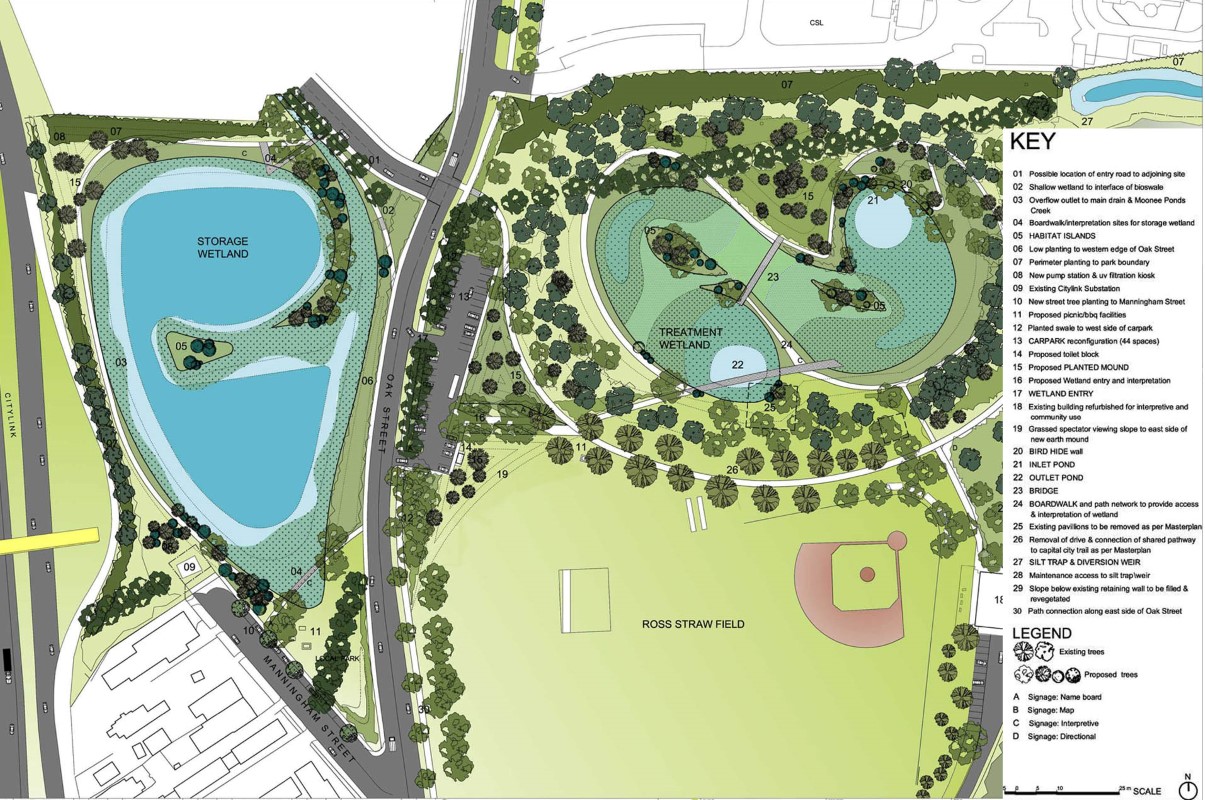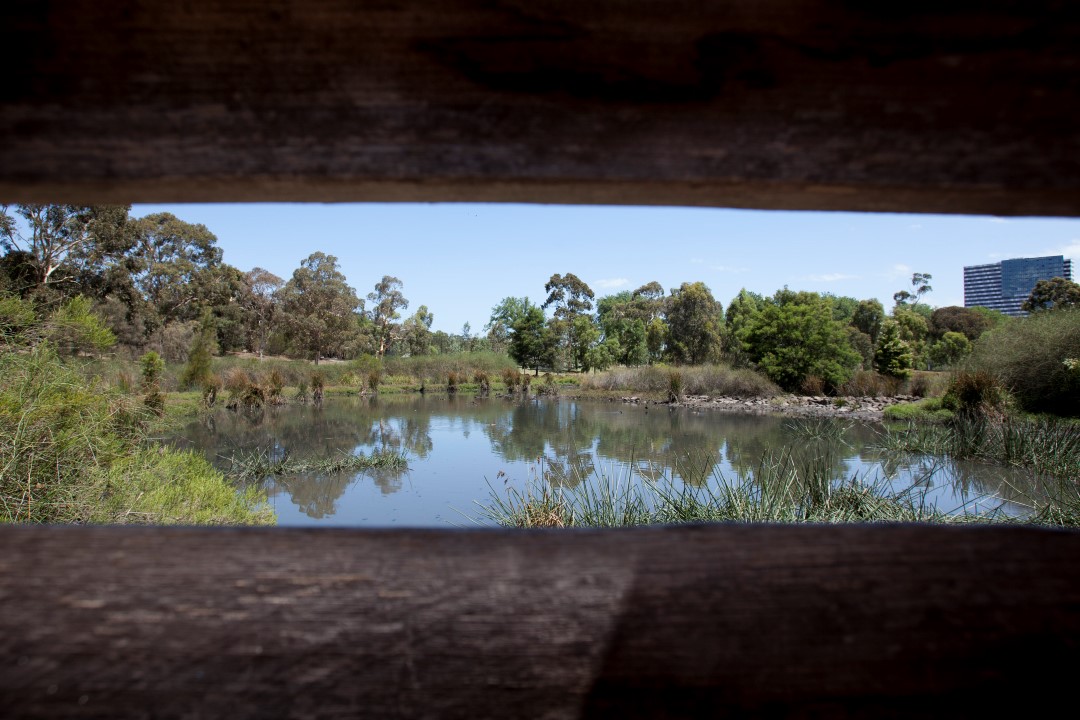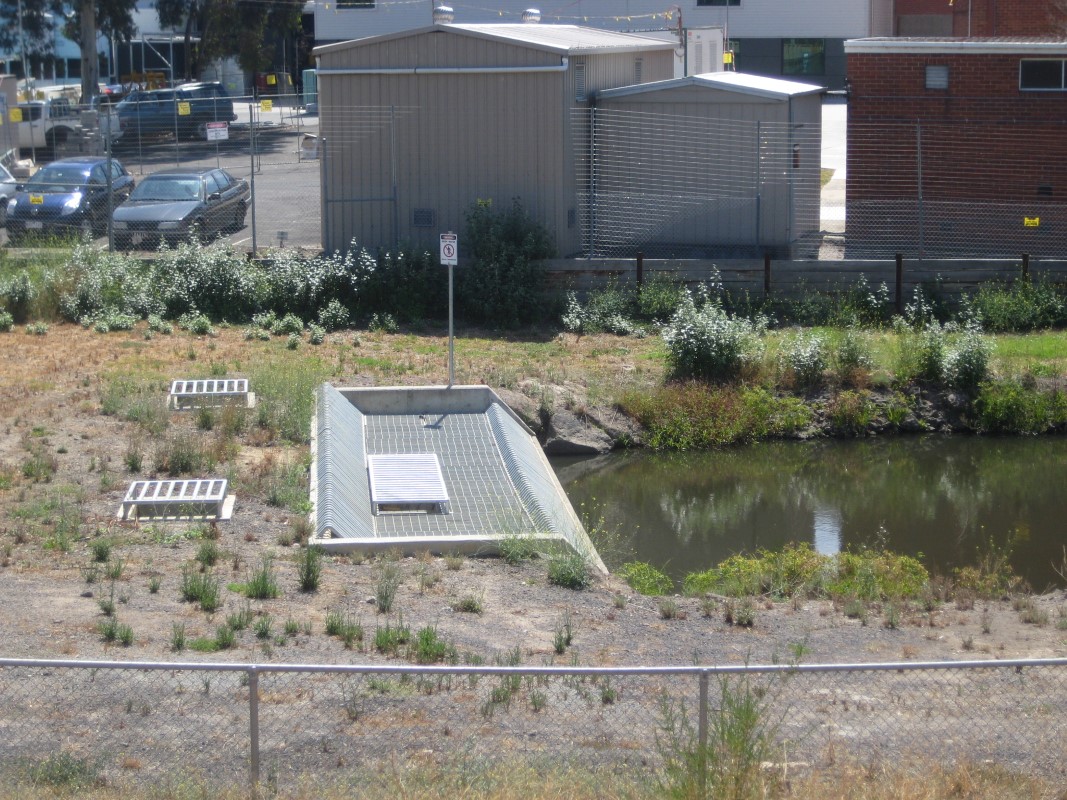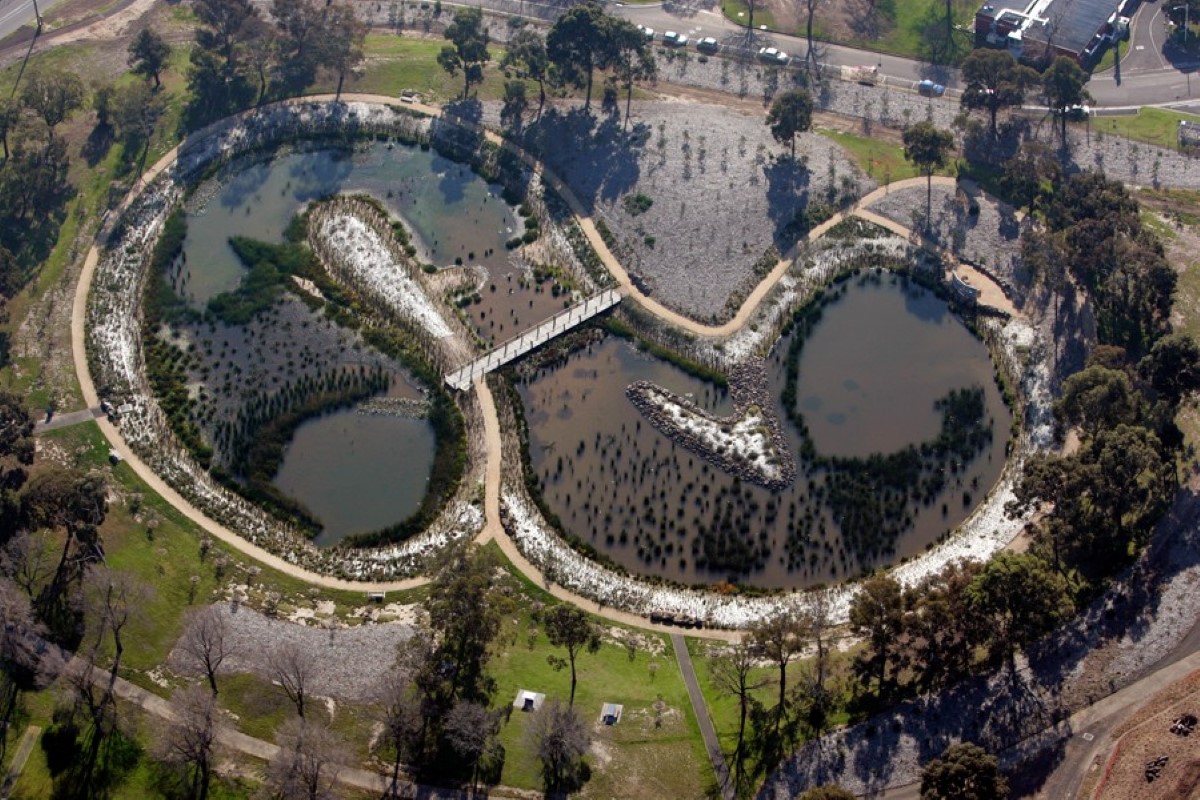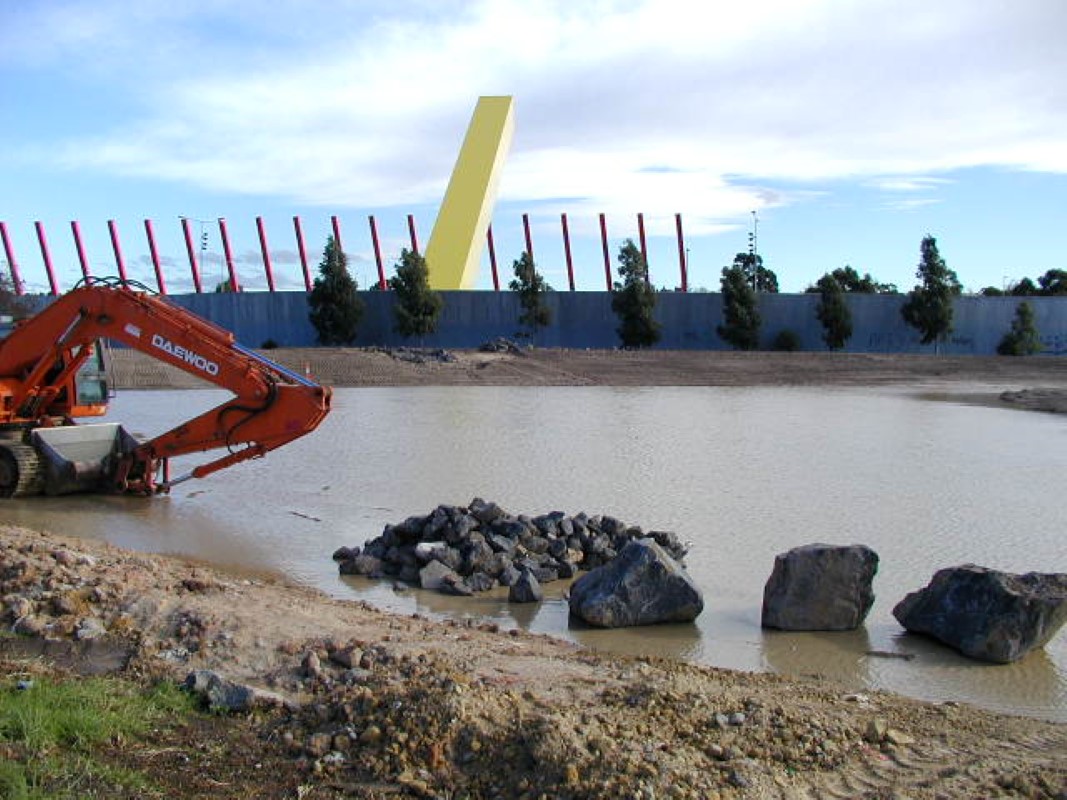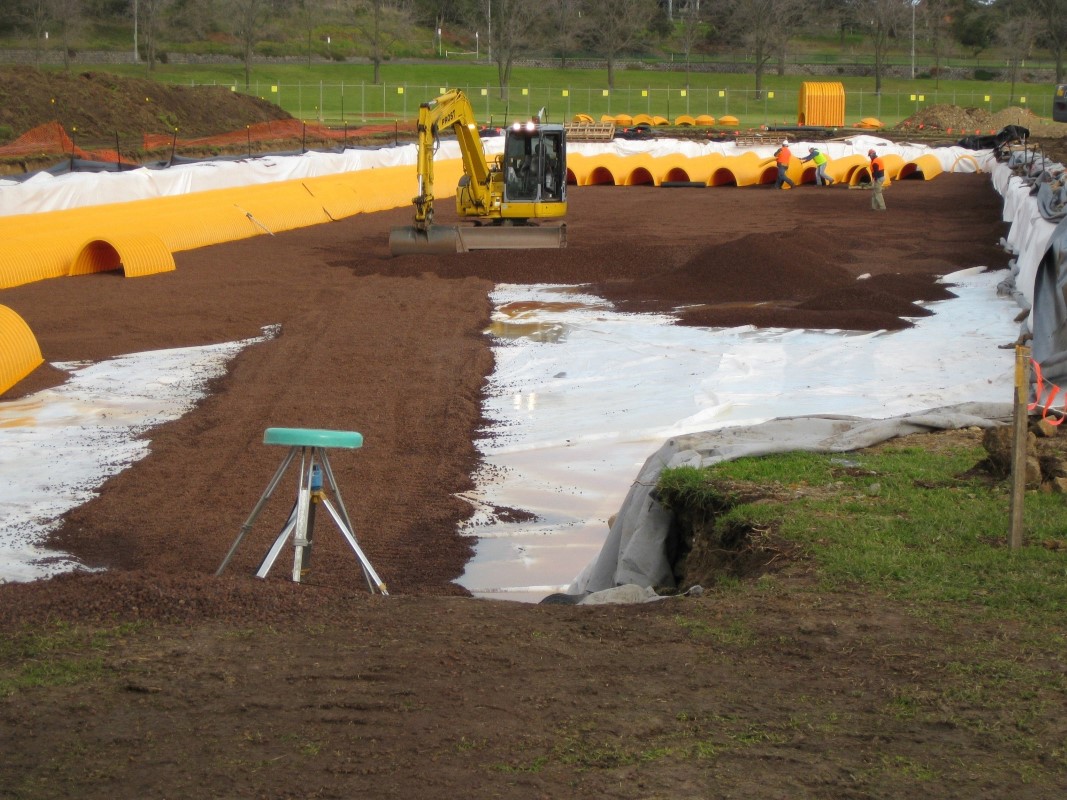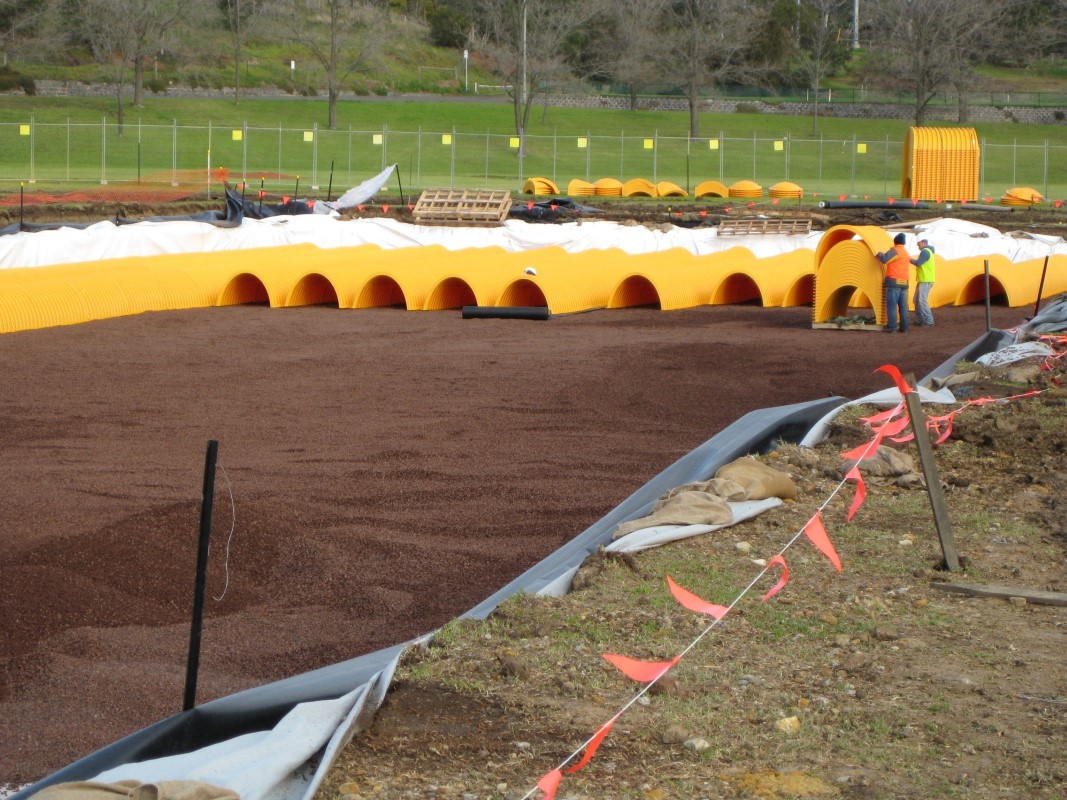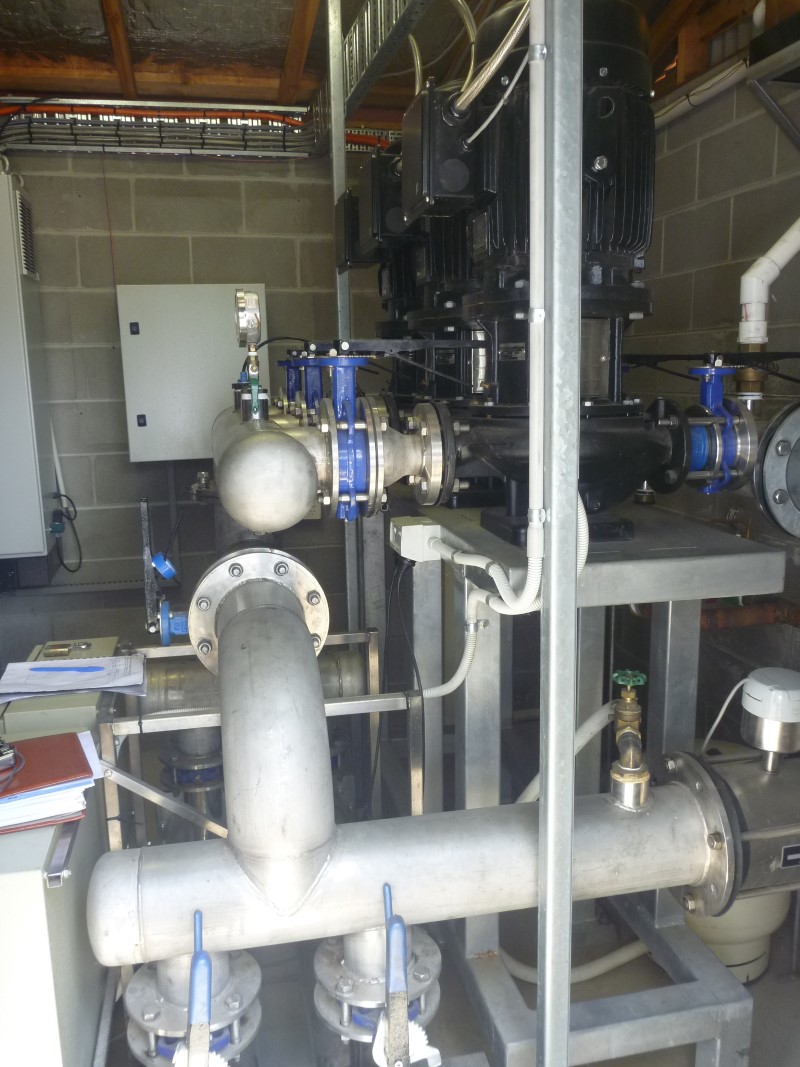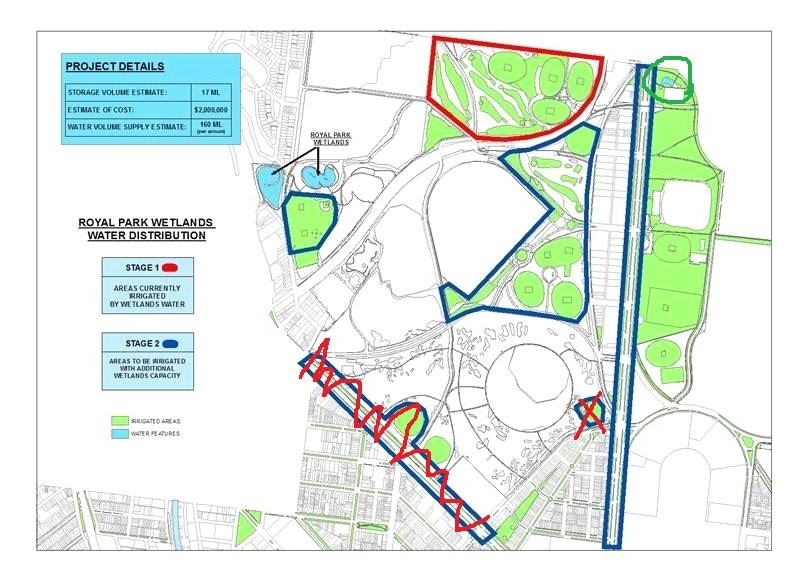Trin Warren Tam-boore wetland
The Trin Warren Tam-boore wetland has been constructed in Royal Park, four kilometres north of Melbourne’s central city. The five-hectare wetland takes stormwater from surrounding suburbs, cleans it, and stores it to irrigate the park.
Notice: Undefined property: stdClass::$pageInfo in /var/www/html/urbanwater_prod/wp-content/plugins/fluid-video-embeds/fluid-video-embeds.php on line 681
Notice: Trying to get property 'totalResults' of non-object in /var/www/html/urbanwater_prod/wp-content/plugins/fluid-video-embeds/fluid-video-embeds.php on line 681
Spanning 170 hectares, Royal Park is the largest and most unique parkland in inner city Melbourne. Set aside as a reserve in 1845, Royal Park is known for its remnant native landscapes, wide variety of sports fields and large spaces for recreation. It plays an important role in ensuring that indigenous flora and fauna are retained in the inner city. This includes the endangered skink population in the park’s west.The system consists of two linked ponds or wetlands – an S-shaped treatment wetland and a larger storage wetland. Completed in 2006, it was upgraded in 2008 to include an additional five megalitre storage tank underneath Ross Straw Field.
The Commonwealth Government funded the wetland as an environmental initiative for the 2006 Commonwealth Games. Melbourne Water also provided funding through the Living Rivers program.
What benefits has the wetland and stormwater harvesting system provided?
- Reduced stormwater pollutant and runoff levels entering Moonee Ponds Creek and Port Phillip Bay. Monitoring shows that the system is exceeding expectations for pollutant and sediment removal.
- Reduced reliance on drinking water for irrigation. The system provides up to 160 megalitres of stormwater per year, or 89 per cent of the park’s irrigation needs.
- Created a variety of different habitats, which has resulted in greater biodiversity.
- Enabled sports fields to remain green all year round, which has enhanced community health and wellbeing.
- Created a space for community enjoyment and recreation. Boardwalks, footpaths and interpretive signage have allowed people to connect with the landscape.
